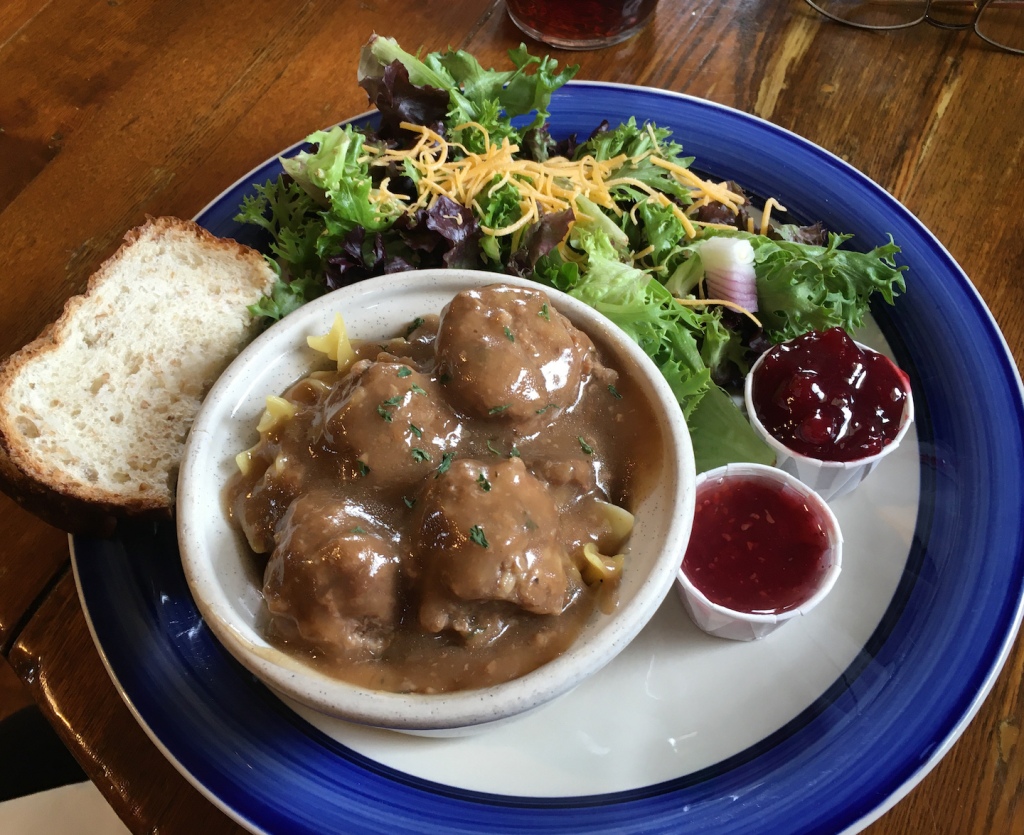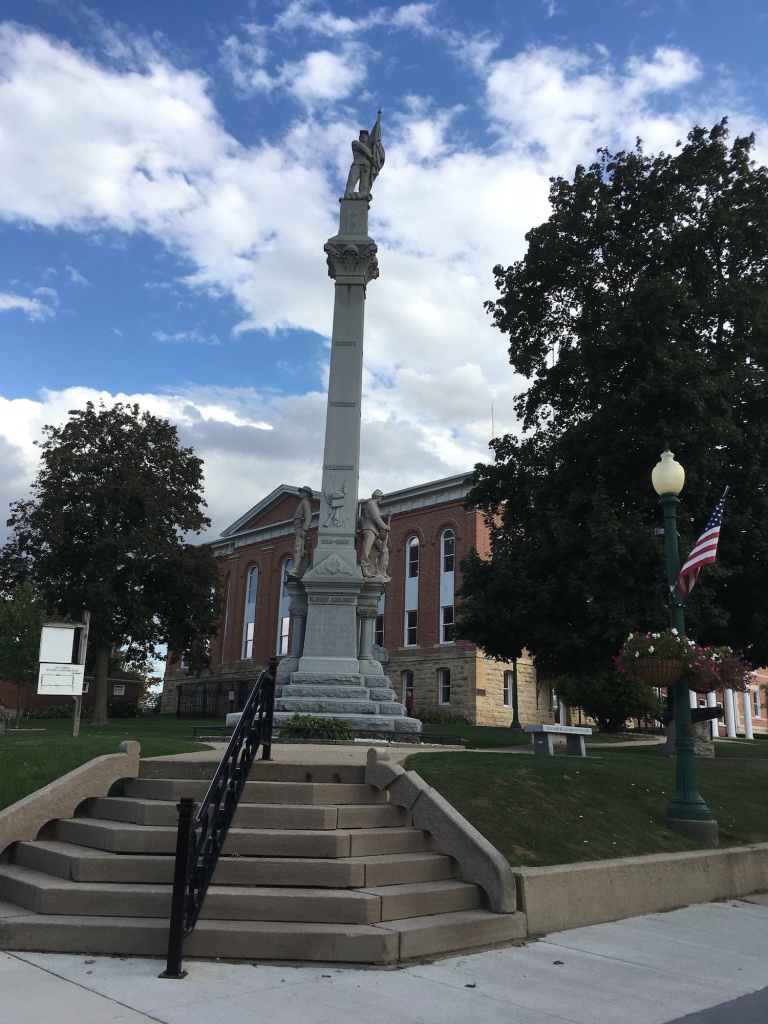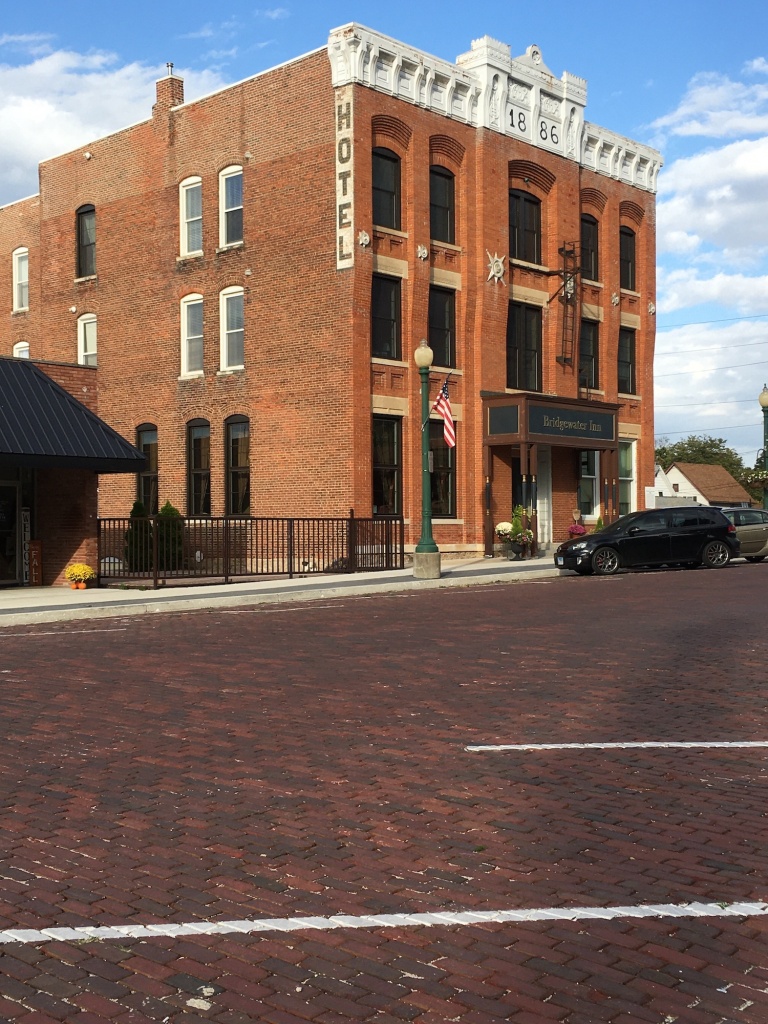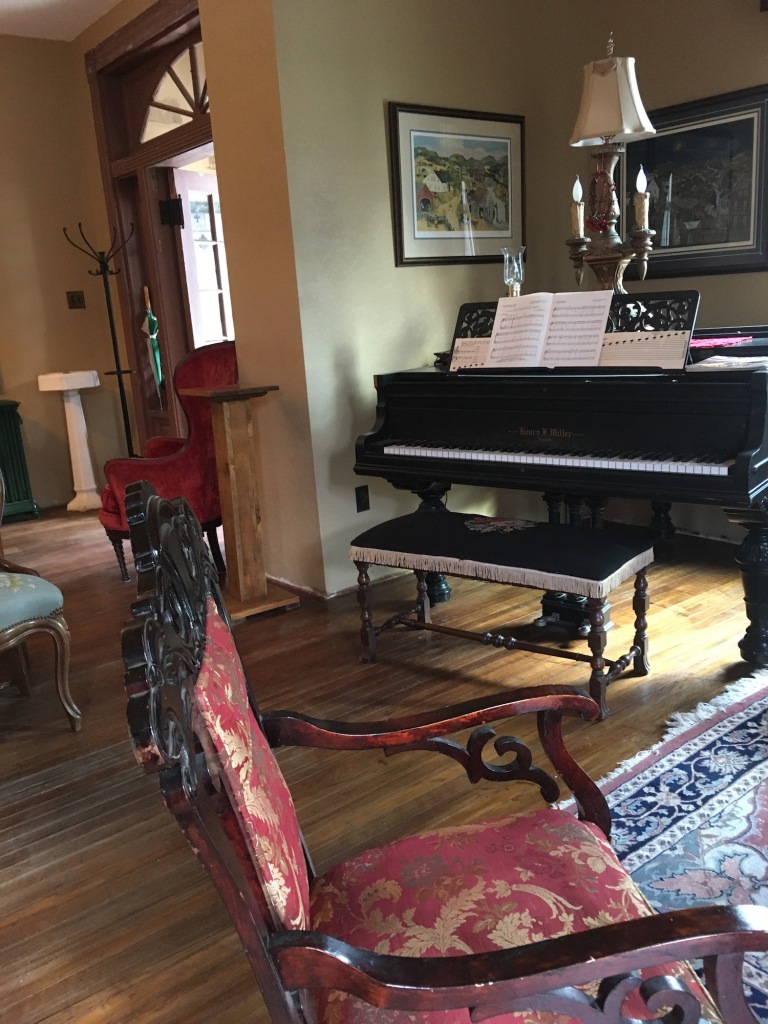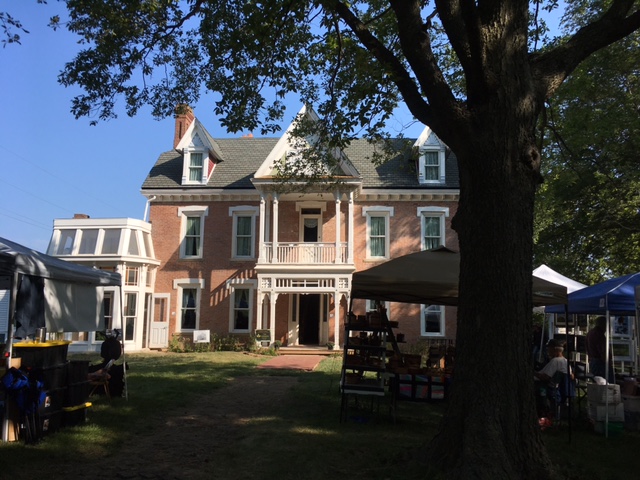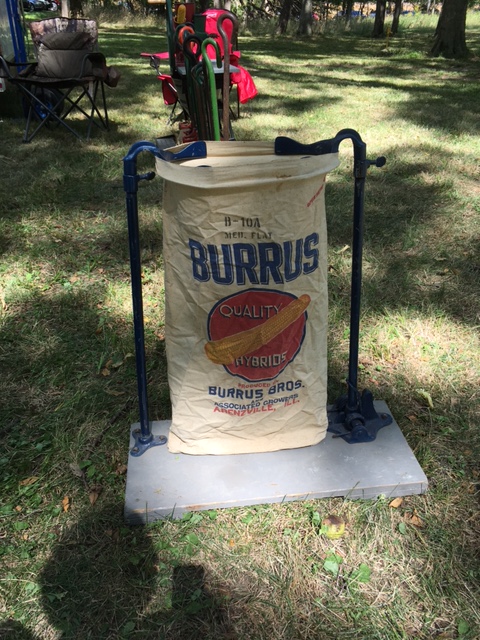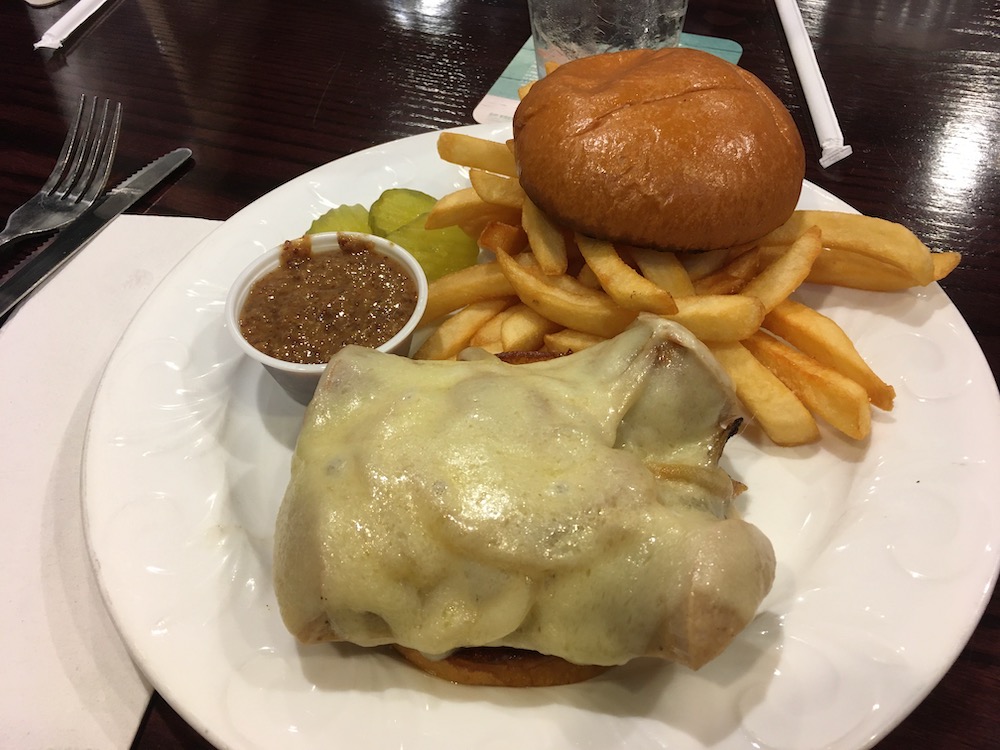I’d driven through Dixon, IL, previously, en route to the John Deere Historic Site (a wonderful place to visit, if you like agricultural history, which I do). But on that earlier visit, I’d read in a brochure on the area that there was a Northwest Territory Museum in Dixon, so I was determined to return. Last week, after a speaking engagement in Tampico, I came home by way of Dixon and located this wonderful museum.

The building, which was once a school, is imposing. It’s located within a block of Ronald Reagan’s childhood home and is, in fact, where he attended school. But while that is acknowledged, the museum is about the Northwest Territory, the region that would become Michigan, Ohio, Illinois, Indiana, and Wisconsin. The museum is actually a Smithsonian affiliate, which means it is impressively sophisticated. On the first floor, there is an exhibit about the building of the Lincoln Highway, then upstairs, there is a series of rooms that move from wilderness and Native Americans (including a young Black Hawk), up through settlement, conflict, and development of the area. Displays are detailed, with figures beginning to talk as soon as you approach, to introduce you to what is happening in the time period you’ve just entered.
That history follows one side of the large building, with the other side offering more focused exhibits. One room celebrates veterans from the area. One room looks at the rise of chautauquas (events where people would gather for a week or two for lectures, plays, music, and book discussions), Dixon having been the site of one of the largest ones. And there is one room about building the town.
The NW Territory Museum is definitely worth a couple of hours. Added to the John Deere site, plus a couple of other historic sites I’ve seen on other visits to the area, I definitely recommend this area for a visit, if you like Midwestern and American history. And then there is the bonus of the possibility of enjoying a drive along the Rock River, which offers a beautiful setting of small towns and handsome forests. Delightful area for a day trip or weekend away.




